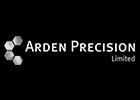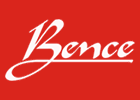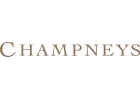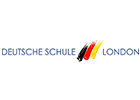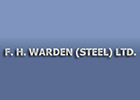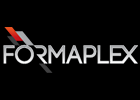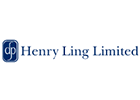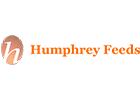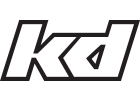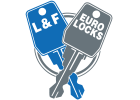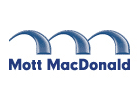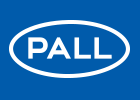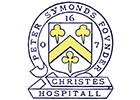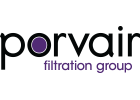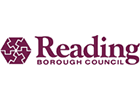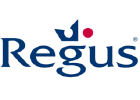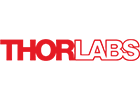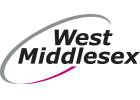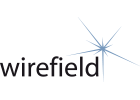Manufacturers & Suppliers of Energy Efficient Lighting
- Telephone: +44 (0) 1962 600 136
- Email:

-

 Request Price List
Request Price List
Energy Efficient Lighting
- Which Light Technology To Choose
- Induction Lamps & Ballasts Quality
- Induction Luminaire Compliance
- LED Luminaire Quality
- LED Luminaire Compliance
- Lighting Terminology
- A Brief History Of Lighting
Past & Present Clients

Lighting Terminology
Colour Rendering Index (Ra)
In order to measure the performance of a source across the visible spectrum it is necessary to specify a range of colours and the CIE (Commission Internationale de l’Eclairage) selected eight Munsell samples that covered the possible range of hues each with a medium value and chroma. The special colour rendering index (Ri) is determined by the chromaticity shift for each test sample and the general colour rendering index (Ra) is the mean of the eight Ri values.
Colour Temperature & Correlated Colour Temperature (CCT) (kelvin)
A black body radiator will have a particular spectral distribution and therefore a specific colour appearance at any temperature. Thus the colour temperature of a full radiator may be used to describe its temperature.
In the commercial lighting world, a similar term is used to describe the colour appearance of a light source. For example, a fluorescent lamp may be said to have a correlated colour temperature of 3000 K, naturally it is not actually operating at this temperature and the spectral distribution of the lamp may be very different from that of a black body at 3000 K, but their colour appearance will be the same. We must note however, that colour appearance and the ability to render or display colour accurately are not the same thing.
Efficacy (Lm/W)
Lighting engineers are concerned with lamp efficiency. The correct term to use in this context however, is efficacy. Efficiency should be reserved to related similar units, usually power output against power input, but with a lamp the output is in lumens not watts. Moreover, the lumen is a subjective quantity – it relies on human judgement since we cannot quantify for example, brain activity when a person responds to light in the same way we can measure power output. So we use the term efficacy measured in lumens per watt to relate the effectiveness of a light source.
Illuminance (lux)
The Illuminance or the level of illumination is the amount of light reaching a surface. It can be measured for an area or at a single point. The SI unit of Illuminance is the lux.




